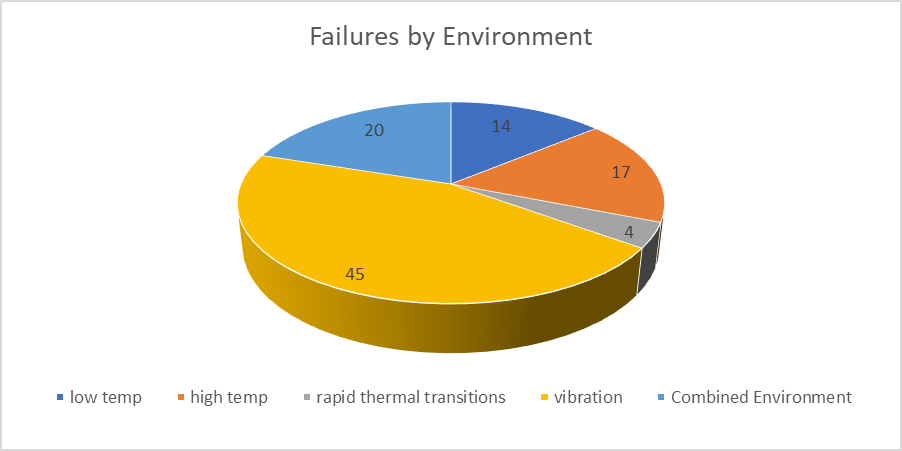We are ready to proceed with HALT Testing. Now what?
How mature is my product?
How do we test it?
How many should we test?
Fixturing and instrumentation
What if failure occurs?
The level of maturity should be evaluated prior to testing:
If the product is too early in its development, unexpected failures may arise leading to significant rework and downtime.
If the product is too mature, latent failures may have already been addressed which can yield redundant or less than valuable test data.
Have the methods used to perform functional testing been implemented and validated?
Most devices cannot be operated according to the end user application, so artificial methods are required. This workaround can be cumbersome and often requires ancillary equipment with other proprietary support.
Functionality must be evaluated during testing. HALT is a dynamic experiment – the operation needs to be confirmed at certain intervals throughout the evolution. If functionality stops, so does the test.
Functional testing: An extensive functional test can lead to extended testing time and cost. It is recommended to keep system testing to a minimum. Identify the components/assemblies that are critical for operation and focus on those. If secondary systems fail but critical systems still operate – those can be addressed at a later time. Connections for power and communication should be at least 6 feet to extend outside of the chamber ports and mate with support equipment.
How many units should undergo the test?
Three is recommended. Why?
“The lowest hanging fruit”: Operational or destruct limits are dictated by the first unit to fail. Prototype or engineering samples typically lack manufacturing consistency which introduces a plethora of variables. (I will address HASS testing next month).
Confidence level: Statistically; the larger the sample size, the more accurate the results. HALT can be performed with less or more units, but the empirical data derived is directly proportional to the quantity tested.
Fixtures and instrumentation:
A common misconception is the design of HALT fixtures. Unlike a traditional vibration fixture, HALT fixtures are simplistic and minimal. HALT vibration is 6 DOF, broadband quasi-random, repetitive shock. A very different animal than that of your ED shaker profile. ED fixtures are quite rigid and heavy, which is conducive for those tests. HALT vibration is generated by pneumatic air hammers which cause the vibration table to flex and ring. When a large, heavy fixture is utilized - it inhibits the inherent nature of HALT vibration.
Crystal Instruments provides generic fixture methods which will suffice for most products (extrusion, threaded rods, etc.). Custom design and fabrication are available in-house for more complex methods fixtures.
Thermocouples are used for both chamber control and product response (independent of each other). Thermal characteristics and limitations must be considered. Components such as electrolytic capacitors, piezo electronics, or Integrated circuits will cause system failure based upon their operational limits before the system as a whole may cease function. Discrete thermocouple placement can shed light upon anomalies.
Accelerometers are used for both chamber control and product response (independent of each other). These sensors can be placed internally or externally to monitor how the product is responding to the input vibration.
What if a failure is encountered?
Ideally, test samples should undergo the entire test procedure from start to finish. HALT leverages upon accumulated stress, so lack of exposure may yield erroneous information. Best case scenario is to rework/repair the units so the viable components can continue exposure. If rework is not viable, backup units may be introduced but provide lesser results.
Data provided by: McLean, Harry. HALT, HASS, AND HASA EXPLAINED. Quality Press 2009.
“Perfection is achieved, not when there is nothing more to add, but when there is nothing left to take away.”
- Antoine de Saint-Exupery



